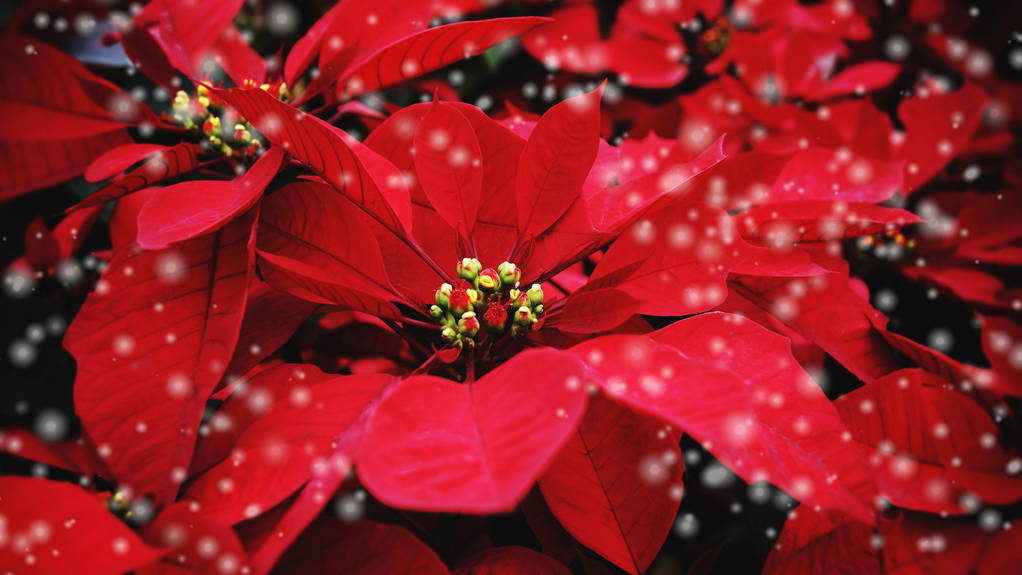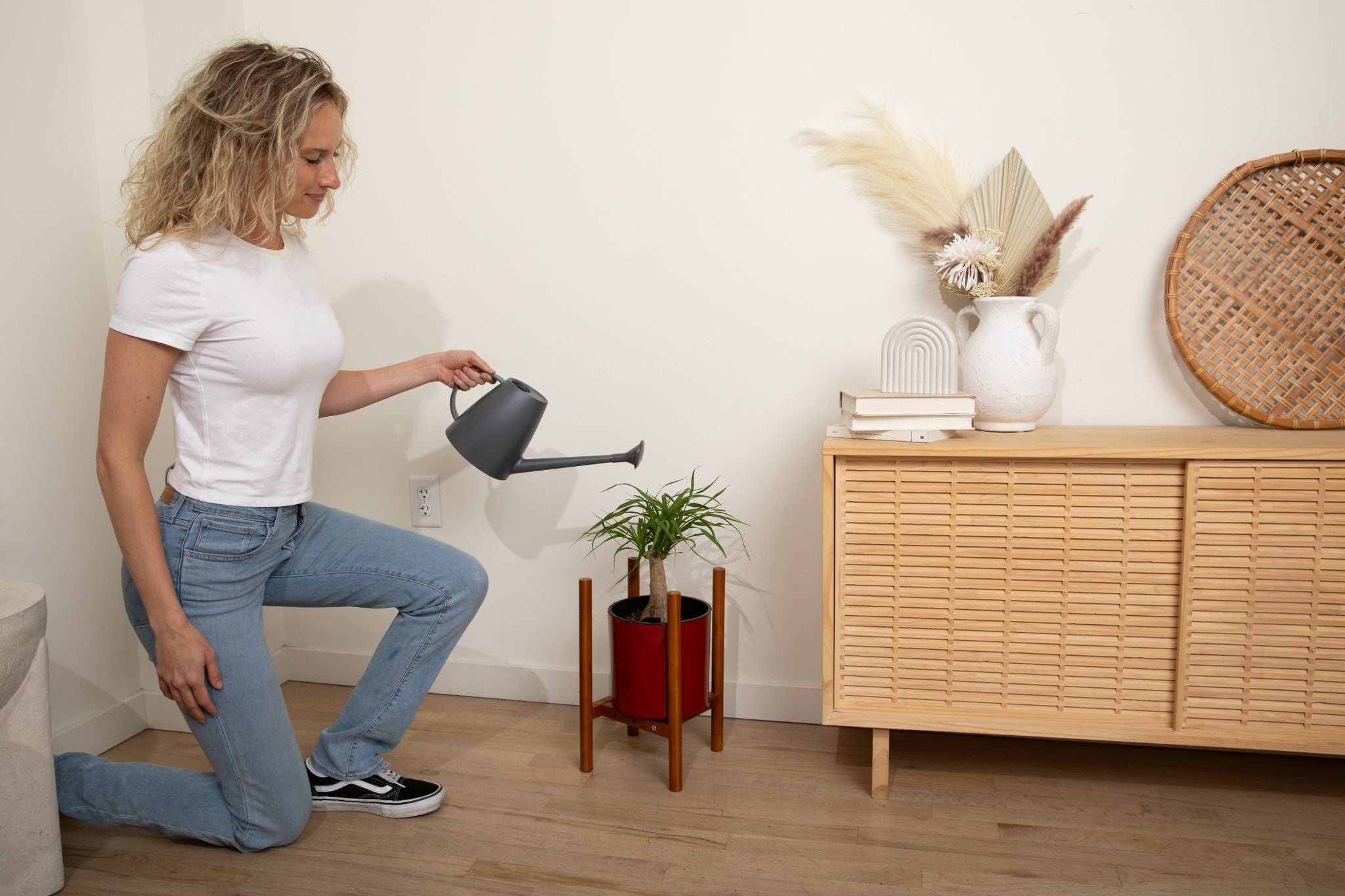Houseplant Care
Poinsettia Care: How Much Should I Water My Poinsettia?

POinsettia during the holidays
Two long centuries ago, preceding a period of land annexation, a United States Minister to Mexico by the name of Doctor Joel Roberts Poinsett traveled throughout the Americas for ambassadorial work while indulging a special-interest in horticulture. A certain blood-red plant caught the good doctor's attention and at-once the decision was made to bring specimens back to the United States. This plant had already gone through a name change before Doctor Poinsett had gotten there. The Aztecs; the indigenous people of Mexico, had named this plant the Cuetlaxochitl, which was then renamed the Nochebuena after the Conquistador occupation. Once the samples brought back to the United States had been reproduced and distributed, they acquired their current name of Poinsettia. Despite finding new homes far from the tropics that they are accustomed to, it is easy to make them feel at home from anywhere!
If you have attained a Poinsettia for gifting to a special someone in your life, a bit of easy preparation helps to give them a good start in their new home. Often, Poinsettia are sold in constrictive foil, plastic, or metal gifting tins that are not always suitable for long-term use. Back in the tropical Americas, Poinsettia enjoy consistent circulation of both air and water, so the absence of this calls for a bit of attention. As one includes a provision of batteries with the gift of an animal toy, setting up a living plant for gifting also calls for provisions so they will be ready to go as soon as they're opened!
When our family gifts a Poinsettia to one of our friends, we present them ready-to-go in a ceramic pot to ensure that proper water drainage occurs.
Much like the Peace Lily (Spathiphyllum) which we have covered here in earlier care guides, Poinsettia also have an anatomy which resembles a flower, but instead are made up of petal-like leaves radially positioned around clusters of flowers. Many poinsettia have been selectively bred for shorter bracts to tighten in the leaves and bring out their resemblance to petals.
How Much Water Does My Poinsettia Need?
Holidays are a time of abundance, but we often get sleepy when we have a bit too much of anything at the table. Poinsettia are the same. Food and water are great for them, but all good things in moderation. A hypothetical extreme of eggnog consumption over time would cause a human to droop and turn yellow, and it is the same for an overwatered Poinsettia. If this has occurred, promptly check the drainage on the pot and the dampness of the soil.
To help our own Poinsettias with moisture regulation, we use our houseplant soil. We needed an absorbent, yet free-draining soil that retains the perfect amount of moisture to last between waterings, but not so much that it drowns the roots. We decided to make our own self-regulating soil to help homeostasis, and we liked it so much that we decided to produce and package it so it could be used by anyone!
How much water is appropriate depends on environmental conditions such as temperature, humidity, airflow, soil, and pot size. Temperature and humidity increase the gradient between the moisture in the pot and the moisture in the air, causing it to evaporate quicker. Smaller pots also have a smaller volume:surface ratio than larger pots, meaning that they dry out faster because there is less mass of water compared the surface area.
When watering your Poinsettia, from the base is best. Because of the tight leaf formation, a long and narrow spout helps with access to the base in addition to fine flow control. Once you have a Watering Can, pour slowly around and through the base until it just begins to drain from the bottom. Excessive watering that has to drain may take some nutrients out with it. If it is time for their monthly feeding, a Houseplant Fertilizer may be added to the watering can just before watering.

